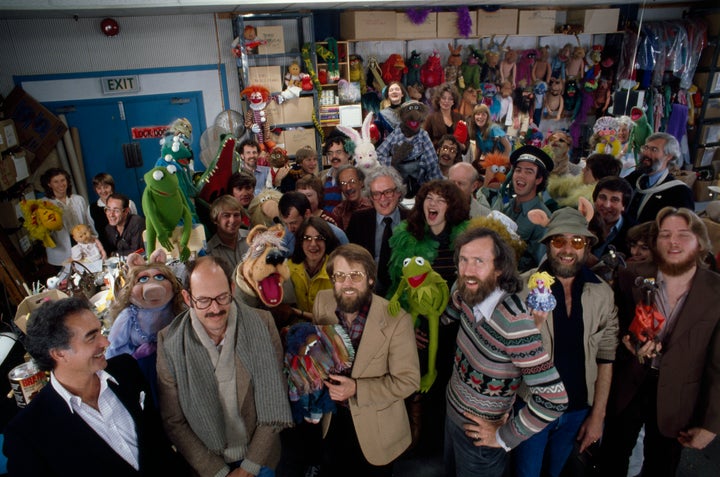To a generation of viewers, “The Muppet Show” remains a television anomaly ― a kid-friendly variety series that dared to embrace adult humor, too. Though it’s become synonymous with creator Jim Henson, the show might not have enjoyed its lasting success without the contribution of puppeteer Richard Hunt, who helped create some of its best-loved characters.
In the latest episode of his YouTube series, Seattle journalist Matt Baume uses research and material provided by biographer Jessica Max Stein to take an in-depth look back at Hunt’s artistic legacy. At its peak of its popularity, “The Muppet Show” reportedly drew more than 235 million viewers in 106 countries. Since Hunt’s face never appeared on camera, he became “one of the most famous gay men in the world who nobody recognized,” according to Baume.
A Bronx, New York, native, Hunt was drawn to the performing arts at an early age. At 18, he was hired by “Sesame Street” after cold-calling Henson’s team from a pay phone, playing background characters at first before moving on to featured roles.
Watch Matt Baume’s profile of Richard Hunt below:
Baume, however, believes Hunt hit his creative peak with the debut of “The Muppet Show” in 1976. From the get-go, Henson’s aim was to distance “The Muppet Show” from “Sesame Street,” and in doing so, he allowed performers to infuse their characters with more of their off-screen personas. In Hunt’s case, that meant lending characters like Scooter, Statler, Janice and Beaker a distinctly queer sensibility.
“It’s impossible to imagine what ‘The Muppets’ would have been without Richard ― though his name isn’t as well known, he’s as integral to them as any of the iconic characters he created,” Baume said.
After “The Muppet Show” ended in 1981, Hunt’s career with the Jim Henson Company continued to flourish. He appeared in “Fraggle Rock” and “The Muppets Take Manhattan,” and can still be seen at the “Muppet*Vision 3D” attraction at Disney’s Hollywood Studios in Florida. He died of an AIDS-related illness in 1992 at age 40.

Baume, who is the author of the 2015 book, “Defining Marriage,” believes Hunt’s impact can be seen across the Jim Henson Company’s recent projects, many of which contain LGBTQ-inclusive elements that are more straightforward. The rollout for 2011’s “The Muppets,” starring Jason Segel and Amy Adams, included a feature in Out magazine about Miss Piggy’s “place in the gay pantheon.” Earlier this year, “Sesame Street” introduced a gay couple and their daughter in a special “Family Day” episode.
“For a long time I felt myself zig-zagging between feeling very sad about Richard’s loss, and very angry that political inaction on HIV took so many people from us,” Baume said. “But mixed in with those feelings was also a lot of joy for all the wonderful, meaningful, touching, and funny art that Richard created ― it was impossible to stay in a dark place for very long while thinking about all his Muppet mayhem.”
“I think of that as his greatest gift to the world: Like so many brilliant queer creators of his generation, though he was gone far too soon, he left the world more than a lifetime’s share of beauty and magic and inspiration,” he added.
